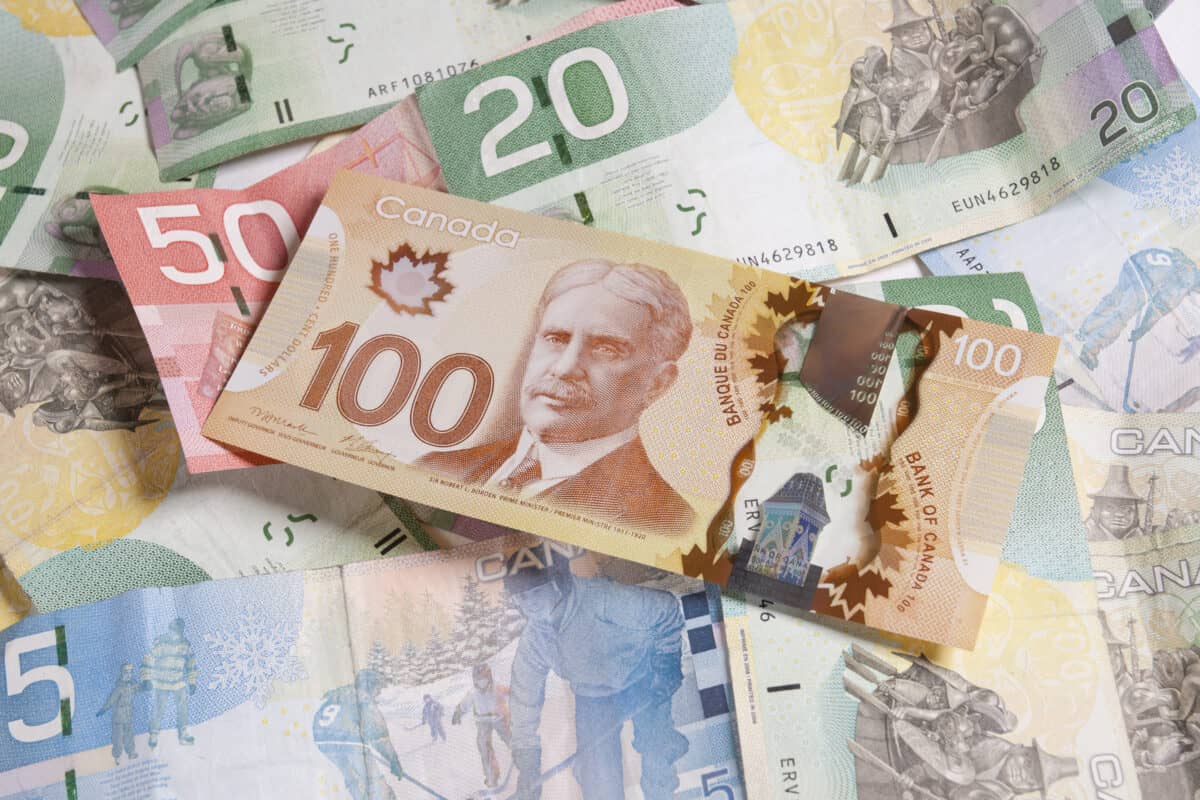
How I’d Adjust My Portfolio to Benefit from Canadian Dollar Movements

The equities markets went haywire on April 2, 2025, when U.S. president Donald Trump unveiled his sweeping tariffs on the rest of the world. Wall Street’s major indexes registered their worst weeks since March 2020 and gave up gains from the post-election rally.
As of April 4, Canada’s primary stock exchange upped its year-to-date loss to -6.21%. However, the TSX has contained the impact better than the Nasdaq Composite (-19.9%), S&P 500 (-13.7%), and the Dow Jones (-9.9%). Also, a day after Trump’s tariffs took effect, the loonie gained 1% versus the greenback (1.4090 per U.S. dollar, or USD). It was near its four-month high against its U.S. counterpart.
According to foreign exchange traders, the Canadian dollar closed higher than the USD for a fifth straight week. While the trade war is widening, Canada avoided fresh tariffs, especially on goods that comply with the United States-Mexico-Canada Agreement (USMCA).
Weak USD
A weak USD can boost Canadian stocks, particularly firms that derive revenues in foreign currency or with large international sales. Ian de Verteuil, an analyst at CIBC Capital Markets, said, “With most of the revenue for the S&P/TSX booked outside of Canada, this should provide earnings tailwinds throughout 2025.”
“The companies with large non-Canadian revenues, but which report in Canadian dollars are likely the winners,” de Verteuil added. If you’re adjusting your portfolio with the latest currency movement, Sun Life Financial (TSX:SLF) is one of the companies that generated significant non-Canadian revenues in 2024.
The $44.26 billion financial services company and iconic life insurer expect the emerging economies and fast-growing Asian markets to provide higher returns and robust growth than the North American markets. Sun Life is popular in China, Hong Kong, India, Indonesia, the Philippines, and soon in Malaysia and Vietnam. The earnings from the Asia business increased 21% over the last few years.
In 2024, Sun Life’s underlying net income rose 3% to $3.86 billion compared to 2023. Its president and chief executive officer (CEO), Kevin Strain, said the balanced and diversified business strategy positions Sun Life for long-term growth. According to Sun Life, diversification will be key as markets face trade war fears. If you invest today, SLF trades at $77.55 per share and pays an attractive 4.33% dividend (quarterly payout).
Dropping loonie
In a reverse situation, when the Canadian dollar depreciates, invest in companies generating revenues in U.S. dollars, but operation costs are in Canadian dollars. Imperial Oil (TSX:IMO) is a crude oil and natural gas producer and operates three refineries in Canada.
Moreover, American oil & gas giant ExxonMobil has a 69.6% ownership stake in the $45.95 billion Canadian integrated energy company. As of this writing, IMO is in positive territory. At $90.27 per share, the large-cap stock is up +2.68% year to date amid the tariff chaos. It pays a decent and safe 3.19% dividend (26.58% payout ratio).
On April 4, 2025, RBC Capital Markets maintained its “sector perform” rating for IMO, with a price target of $101 (+11.9%).
Under pressure
Some TSX stocks benefit from an appreciating Canadian dollar, while others rise when it is weak. However, investors must be cautious in 2025 because the loonie will be under pressure due to trade uncertainty.